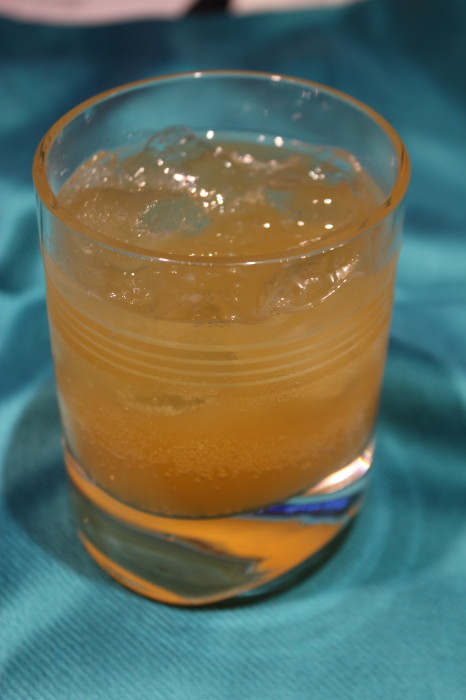Just what is a cocktail? One web-searched definition says:
“An alcoholic drink consisting of a spirit or several spirits mixed with other ingredients, such as fruit juice, lemonade, or cream.”
Cocktail guru Mittie Hellmich in The Ultimate Bar Book offers this more classical and constructivist definition:
“A cocktail is made up of three principal components, the base alcohol, a body or modifier, and the perfume or flavoring agent.”
So, bourbon on the rocks is a drink, but not a cocktail. A margarita is a cocktail: the base of tequila, the body of orange liqueur, and the perfume of lime or lemon juice plus simple syrup.
Yes, the perfume can have multiple components. So too can the body. These secondary spirits can easily number more than one. Some Caribbean cocktails will sport three or four or more spirits seeking to enchant and complement a base of rum.
Which leads us to simple syrup. Naturally, there is no such thing. Look up recipes and you’ll find three major considerations:
- What should the ratio of sugar to water be: 2-to-1 or 1-to-1?
- How are the sugar and water actually combined?
- What kind of sugar to use?
We need the sugar syrup, notes Dale DeGroff in The Essential Cocktail, because we are often using freshly squeezed lemon and lime juice. A sweetener is essential for flavor balance. But you cannot just add sugar to your raw cocktail mix because it will not dissolve properly in the alcohol and fruit juice. There will be little crystals that you will sense as you drink. Not smooth. Not enjoyable.
You do need a sugar syrup. The older recipes call for a concentration of 2-to-1, sugar to water. Sometimes that kind of syrup is called dense or intense. It’s very sweet and packs sweetening power in a small volume. In the past, cocktails were smaller and you had less volume to add to achieve sweetness. Today, cocktails, and cocktail glasses, are bigger. There is more room for ingredients and you really need the larger volume of a less intense syrup to help fill the glass.
You’ll find a wide range of cooking techniques for sugar syrup:
[1] Combine cold water and sugar, heat to boiling, stir until dissolved
[2] Once dissolved in [1], keep on simmering for a few minutes
[3] Bring water to a boil, remove from the heat and stir in the sugar
[4] Bring water to a boil, add the sugar, and cook until dissolved
I prefer option [2]. I have, of course, forgotten the syrup was on the stove. Cooked for an hour, they syrup becomes thick, golden and rich. I recommend simmering for about 5 minutes, until there is just the first dawn of color in the syrup.
Lastly, what sugar to use? White,superfine, brown of some kind, turbinado, … It’s up to you, although I generally stick to plain white. Dale DeGroff suggests a brown sugar syrup to go with rum drinks and that is a solid idea. [Pun there: solid, syrup?]
Syrups will last a week or a bit more in the refrigerator unadorned. You can add a shot of lemon juice or rum or vodka to serve as a preservative. Keep the syrup, without a preservative, in your refrigerator for too long and it becomes a science experiment. In which case, you need to throw away BOTH and syrup AND the container. Sterilization usually works. Not always. You do not want to actually participate in the science experiment.
Over the coming months, sugar syrups will appear in abundance. The syrups and matching beverages, some alcoholic and some [really truly] not.

